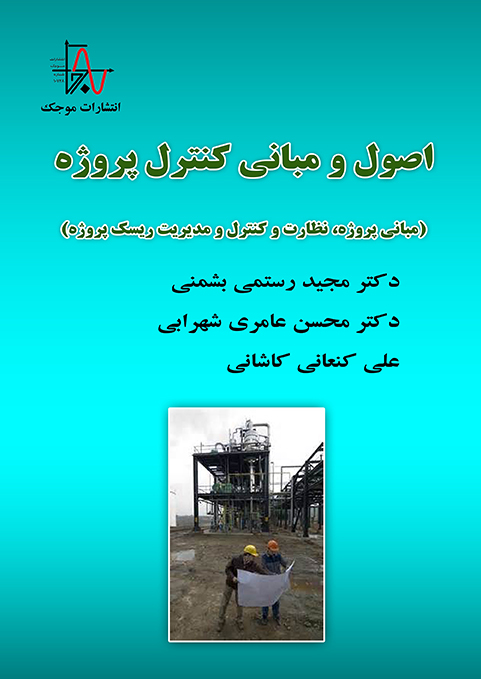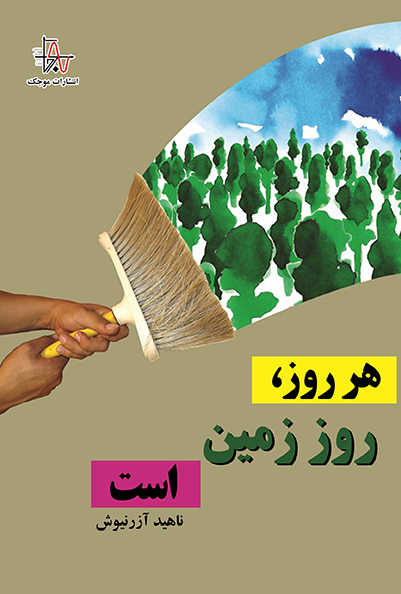ناشر : انتشارات موجک
کد کتاب : M633
عنوان : اخلاق زیست محیطی در سازمانها
تاليف : محمد تحقیقی
مشخصات ظاهری : ۱۳۰ صفحه، قطع وزيری
چاپ اول : بهار ۱۴۰۰، تيراژ : ۵۰۰ جلد
قيمت : ۲۱۸۰۰۰۰ ريال، شابک : ۶-۳۰۳-۹۹۴-۶۰۰-۹۷۸
حقوق چاپ و نشر برای ناشر محفوظ است.
————————————————————————————————————————————————————————————————————————–






نقد و بررسیها
هیچ دیدگاهی برای این محصول نوشته نشده است.